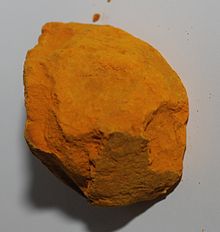As we reach the end of the calendar year, I thought I would give a status report on my paint consumption. You may recall that I made a resolution to fill a big glass jar with empty paint tubes by September 2013. I wrote about the resolution in "Paint like a Millionaire". The resolution was part of my plan to push myself to apply more paint to the canvas, for a more juicy, lush surface. Well, I didn't make the original goal, and I have to confess that the jar is still not full. But as you can see above, it's getting closer!
I have a few nearly empty tubes that are just itching to get into the "empties" jar. But as everybody knows from the behavior of the toothpaste tube---just when you think there is not another iota left, you find that you can squeeze out a tiny bit more! These "keys" are one way to help you get the very last bits of paint out of the tube:
Thanks to the invention of the metal paint tube, oil paints can last almost indefinitely. And I hate to let anything go to waste, so I hold out until the very last gasp. Here is another handy device that literally puts the tube through the wringer:
I have a few nearly empty tubes that are just itching to get into the "empties" jar. But as everybody knows from the behavior of the toothpaste tube---just when you think there is not another iota left, you find that you can squeeze out a tiny bit more! These "keys" are one way to help you get the very last bits of paint out of the tube:
Thanks to the invention of the metal paint tube, oil paints can last almost indefinitely. And I hate to let anything go to waste, so I hold out until the very last gasp. Here is another handy device that literally puts the tube through the wringer:
Even with squeezing and wringing, all things must eventually come to an end, so stay tuned for future postings on my march toward the goal of filling the jar with empties...

















































